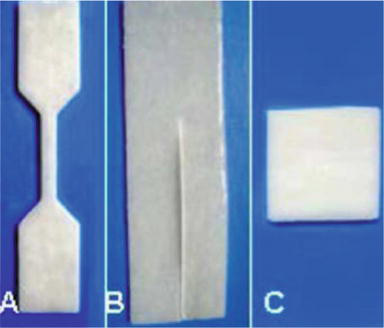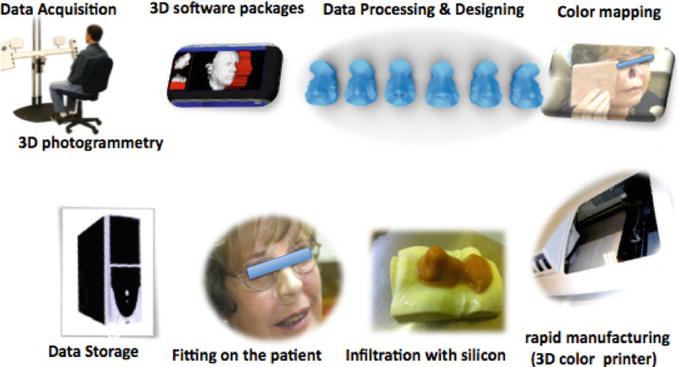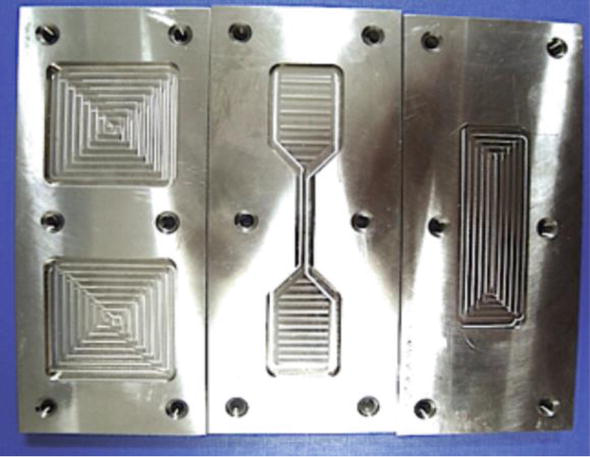Researchers Faraedon M. Zardawi and Kaida Xiao have recently published a paper, ‘Optimization of Maxillofacial Prosthesis,’ delving into anaplastology and the positive impacts of 3D printed prostheses. Here, the authors assess color, soft-tissue prosthetics fabricated on a Z Corp Z510 with Sil-25 silicone polymers.
While such devices may be an incredible gift for so many, the area of prosthetics is still notably rife with challenges. Comfortability and design issues are major concerns—along with affordability, ongoing size-ing for kids, and speed in manufacturing—but the patients themselves often have serious struggles in adapting to defects or sudden physical loss (as with an arm or a leg or another part of the body). It can be devastating to lose an arm or leg, or even a finger, but deformities of the face can be further distressing for patients. Self-consciousness can be overwhelming, and patients with facial disfiguration may not want to go out in public.
Facial prosthetics can be extremely helpful, but the authors point out that they are usually not able to completely restore function in exercises like chewing, for example, and surgery is usually only able to rectify small problems. It is not surprising that individuals of any age suffering from defects in the craniofacial region may become extremely depressed and embrace isolation. Medical intervention can make an enormous difference, and especially with prosthetics after such as cancer may lead to tumors requiring surgical removal—resulting in a surprising amount of disability, from vision problems to limited ability to chew.
“Prosthetic rehabilitation of these patient provides comfort to the patients, improves their confidence and self-esteem. High level of satisfaction was recorded among patients wearing facial prostheses,” state the researchers. “They experienced much better quality of life after wearing facial prostheses.”
Most devices are created via impressions, casts, and then usually wax models which translate to the final product, with matching skin tones. Current, conventional methods have proven challenging though, due to the amount of time and cost involved, not to mention ‘esthetic’ issues. Such limitations mean that accessibility and affordability in developing nations is ‘almost denied’ as only a small percentage of patients are offered facial prosthetics or can afford them.
3D printing technology, however, offers the potential to make sweeping changes—and even allows for a skin-like silicone material and the use of starch and colored ink to create skin tones. This requires great attention to the skin, however, in measuring ‘spectral reflectance,’ and developing a color profile.

Method of infiltration leaving feather edged margin of the prosthesis. (B) Flexibility of printed prosthesis infiltrated silicone polymer.
Silicone samples were tested for hardness, tensile strength, tear strength, and elongation. The researchers did note with increased hardness that the prostheses become limited in terms of flexibility. The researchers noted that most challenges with mechanical properties were due to too much starch and a lack of cohesion with the silicone polymers. They suggest further testing with multiple prototypes being printed at once to ‘compensate for the drawback in the mechanical properties’ as the prostheses that are 3D printed could have much shorter longevity—but are so affordable that it is easier to replace them.

Starch printed infiltrated silicone test samples for (A) dumbbell-shaped for tensile strength, (B) trouser-shaped for tear strength and (C) hardness test blocks.

Silicone polymers test samples for (A) dumbbell-shaped for tensile strength, (B) hardness test blocks and (C) trouser-shaped for tear strength.
As the researchers point out, such prosthetics can also be refined and then printed out for patients ‘on-demand,’ offering incredibly customized, patient-specific care. Affordable 3D printed models may also be extremely helpful as interim devices too while patients are healing from surgeries.
“… we believe that the many limitations of handmade prostheses regarding esthetics, high prosthesis cost, time, effort, hectic impression techniques and problems of retention plus high technical skill required for fabrication by anaplastologist could be generally reduced and consequently minimizing the social and psychological challenges that often-maxillofacial patients encountered in life,” conclude the authors.
3D printing has offered massive strides not only in the medical field, but also in the realm of prosthetics. While this definitely includes many different choices today both in artificial leg and arm replacements, medical professionals are able to offer other life-changing, optimized devices that are patient-specific, including prosthetics that are made for the eyes, ears, and so much more. What do you think of this news? Let us know your thoughts! Join the discussion of this and other 3D printing topics at 3DPrintBoard.com.
[Source / Images: Optimization of Maxillofacial Prosthesis]Subscribe to Our Email Newsletter
Stay up-to-date on all the latest news from the 3D printing industry and receive information and offers from third party vendors.
You May Also Like
Profiling a Construction 3D Printing Pioneer: US Army Corps of Engineers’ Megan Kreiger
The world of construction 3D printing is still so new that the true experts can probably be counted on two hands. Among them is Megan Kreiger, Portfolio Manager of Additive...
US Army Corps of Engineers Taps Lincoln Electric & Eaton for Largest 3D Printed US Civil Works Part
The Soo Locks sit on the US-Canadian border, enabling maritime travel between Lake Superior and Lake Huron, from which ships can reach the rest of the Great Lakes. Crafts carrying...
Construction 3D Printing CEO Reflects on Being Female in Construction
Natalie Wadley, CEO of ChangeMaker3D, could hear the words of her daughter sitting next to her resounding in her head. “Mum, MUM, you’ve won!” Wadley had just won the prestigious...
1Print to Commercialize 3D Printed Coastal Resilience Solutions
1Print, a company that specializes in deploying additive construction (AC) for infrastructure projects, has entered an agreement with the University of Miami (UM) to accelerate commercialization of the SEAHIVE shoreline...

































